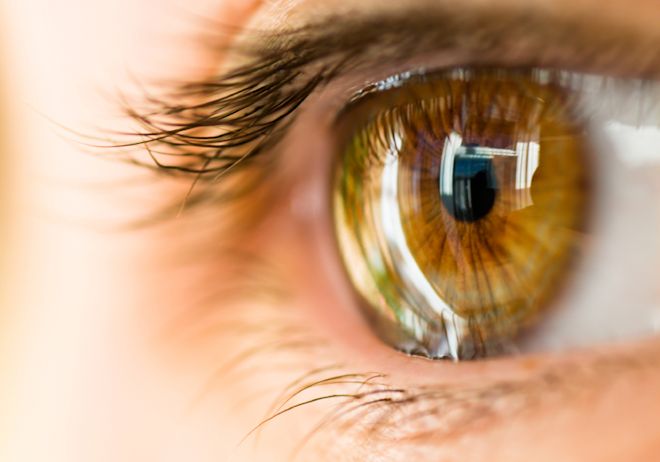
By Larry Mogelonsky, MBA, P. Eng. (www.lma.ca)
Is your hotel glanceable? I know that’s a made up word, but that doesn’t diminish its importance. What I mean by ‘glanceability’ as it relates to hospitality is how noticeable or different a property is with respect to the average guest’s preconceived notions. When consumers research hotels online – whether for business or leisure – statistics indicate that typically browse twenty different sites. Glancing through so many properties, what makes yours pop?
It’s interesting to note how this harks back to the neuroscience concept of Pre-Attentive Processing, whereby most stimuli to reach our brains (let’s only consider visuals for now) are rapidly processed as unimportant and will not imprint on our memories. On the flip side, the one or two entities which are truly different from all others will not necessarily engrave themselves automatically into our consciousnesses, but they will force our brains to at least give them a moment’s pause. In other words, an extraordinary object or person won’t be instantly dismissed as insignificant, but it will have a fighting chance at being remembered.
There’s a lot of psychological jargon in that last paragraph, so let’s rephrase glanceability through some examples. Start with your drive to work this morning. How many of the other cars on the road do you still remember? Probably close to zero, unless, of course, a hot rod red Ferrari zoomed past you in the fast lane or you were nearly sideswiped by a rusting old cube van. Next consider your eating habits. Do you remember what you ate for lunch every day last week? Maybe, but probably not in much detail, though. But I bet that you definitely remember what you (and possibly others at your table) ordered when you last visited an exceptional restaurant.
Getting back to the field of hospitality, in order to elicit quality glanceability, your hotel must be significantly different in under one second of garnering consumers’ eyeballs. Whether it be through your brand.com, a third-party website, a social network or (especially) onsite, you only have one moment to jog a consumer’s mind. Rarely, you will be given second chances.
Along these same lines comes the idea of ‘micro-glanceability’ – that is, a certain dish at your restaurant that is both remarkable in flavor and presentation so much so that any patron would be hard-pressed not to remember it. Or maybe there is a bold piece of artwork showcased in the lobby that is near impossible for visitors to overlook. These small points of differentiation will contribute to a better overall guest experience because they will help to proactively engage consumers’ minds.
Outside of drastic revamps or other capital expenditures, one of the best strategies to make a property more glanceable is to cut to the chase. By that I mean that you must present the key benefits of choosing your hotel in a clear and concise manner. Nowadays, there are simply too many internet-born distractions to be successful otherwise.
As a cross-example, consider the proliferation of ‘top ten’ list articles. Be honest with yourself: how often have you opened one such list-styled op-ed and only read the number subheadings while completely skipping over the body of text? I know I’m guilty of this, and not because I don’t want to peruse all that’s written, but because I am rushed for time. I imagine many of you are in similar circumstances.
To prevent any such cognitive skimming, do yourself a favor and keep your information presentation simple. It’s been documented that people can only hold 3-7 pieces of information in their short-term memories at any single instance. Therefore, why would you present to them a list of property features which numbers in the dozens? Why lead with any photo of your hotel that isn’t the most iconic and captivating image on file?
And so, I ask again: is your hotel ‘glanceable’? In particular, do you have any true operational standouts that aren’t currently being given enough spotlight? And if nothing comes to mind, what can you do to generate a little bit more glanceability? Sound off with any examples that come to mind in the comments.
________
This article may not be reproduced without the expressed permission of the author.


